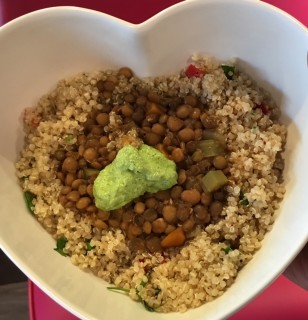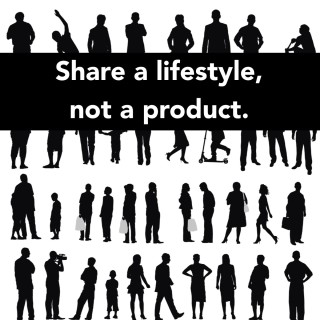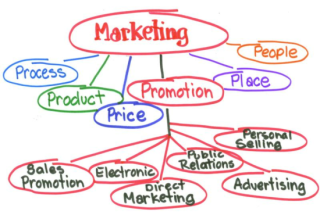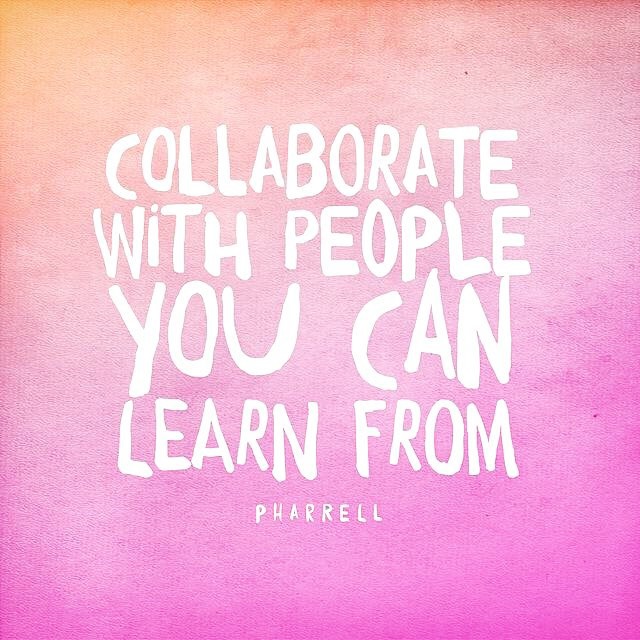In the latest installment of my never-ending quest for more energy and mental acuity, I recently turned to our friends and clients at The GEM. Nature and age have a way of guiding those ready to hear the call for a healthier lifestyle.
While inspiring, I didn’t feel ready for a juice cleanse. But I was delighted when The GEM offered the chance to experience a gentle route to health and well-being in their newly launched “A Day in the Life of a Gem” series. A Day in the Life is a four-part series led by Chief GEMologists: Leslie Needleman, Mary Kathryn Bass, and Maury Neirling.
And let me tell you, It’s been an eye opener.
I have learned that in addition to juice and cleaner eating, there are other elements to this whole GEM lifestyle thing. And guess what? It makes a huge difference.
I love to cook (full disclosure: In my opinion there is nothing that wine or a stick of butter can’t fix!). And while I have always been cognizant of the importance of eating healthy, what I thought was good nutritional value at our dinner table couldn’t live up to the nutritional standard I learned about at The Gem.
My biggest concern going into this was the food itself — because for me, food means comfort and an expression of love for my family. And I asked myself, will this satisfy my taste buds or ruin my cooking mojo? And if so, is it worth it? So, I set about this with a tiny bit of skepticism. And I am happy to say, it was unfounded. I couldn’t have been more wrong.

Each session starts with a delicious sampling of Gem fare. The savory lentil soup in a quinoa salad, topped with a dollop of smooth, fresh jalapeno pesto scaled my taste buds like an episode of The Chew. And the nutritionally dense, but creamy and flavorful Tahitian Pearl smoothie was beyond delicious. I have been impressed with just how good it all tastes, all while following the 80/20 rule: eighty percent plant based foods.
After a light bite, we move on. We learned about the importance of water – the right kind of water. Filtered water. Thirty two ounces first thing in the morning to flush the system and then consistently throughout the day. It’s surprisingly easy.
A lot of the other things covered I was already doing. Excercising every day? Check. Stretching every day? Getting there. Supplements? Yes, but they have helped me make some healthy tweaks. Buy organic? Mostly. But it was interesting to learn how important it is to buy grass-fed meats. And, to find out how little we need dairy. Your mother’s food pyramid has changed.
Some things have proven to be a little more difficult. Under duress, I gave up my artificial sweetener. That hurt. And, I’m still wrestling with swapping wine for calm tea.
What’s especially nice is that the series is broken down into sessions focusing on a specific part of the day. We started with morning, and the late session covered mid-day. Having a week to practice everything between sessions is very useful and allows time to incorporate changes into your routine.
We walk away with three focus items each week. And the Gem team is always available to answer questions. You get the feeling that they genuinely want everyone to experience the vitality that comes with making a few changes. It’s not just about juicing, it’s a lifestyle and it’s hard not to walk away motivated. I’m looking forward to next week’s session on Pantry Cleanout and Kitchen Essentials.
The Gem Mantra is “Diamonds on your Inside”. I may not be shining bright like a diamond yet, but I do feel more energetic and focused. There is a reason this brand is so successful!
 2. Nothing Is Perfect – Let Go of That Notion. Your holiday is not a magazine spread! Let go of the idea of perfectionism – it’s unattainable. And unimportant.
2. Nothing Is Perfect – Let Go of That Notion. Your holiday is not a magazine spread! Let go of the idea of perfectionism – it’s unattainable. And unimportant.


 2. Teamwork really does make the dream work.
2. Teamwork really does make the dream work.





